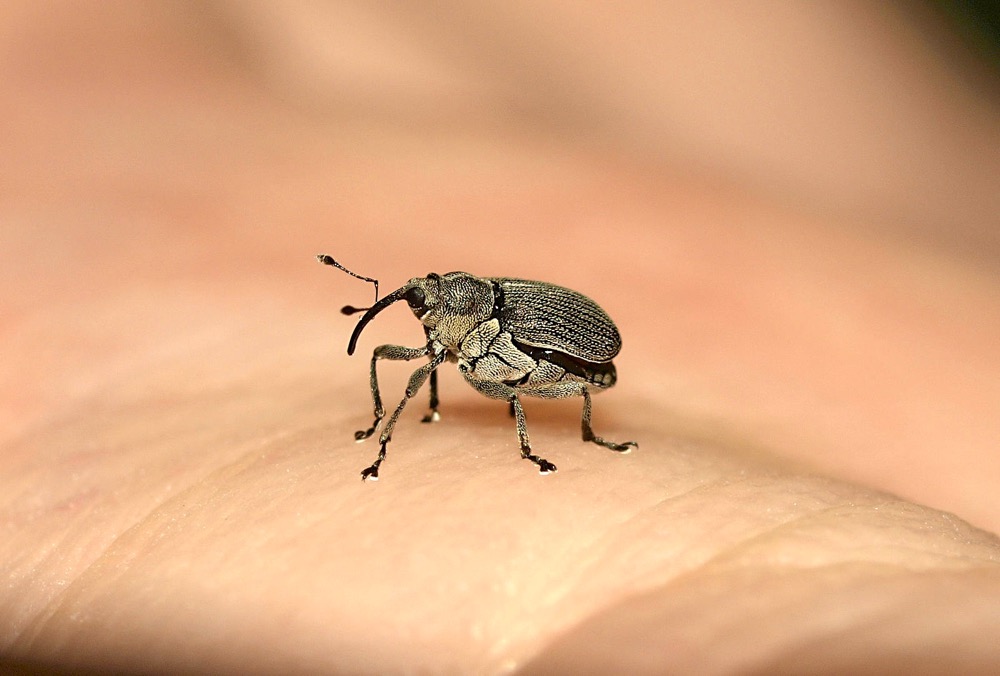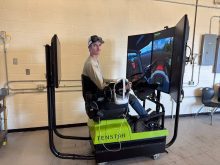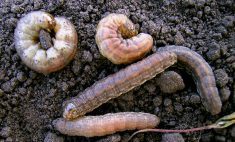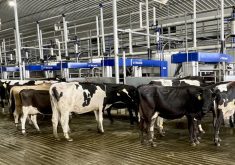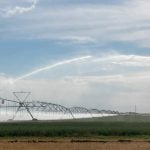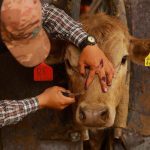Drones keep getting smaller and smaller, while their potential applications keep getting bigger and bigger.
And now unmanned aircraft systems are taking on some of the world’s biggest small problems: insect pests.
From crop-munching caterpillars to disease-transmitting mosquitoes, insects that threaten crops, ecosystems, and public health are increasingly being targeted with new pest-management strategies that deploy unmanned aircraft systems (UAS, or drones) for detection and control.
“Ten years ago, there was not much happening in the space in terms of entomologists deploying UAS for pest management,” said Nathan Moses-Gonzales, CEO of M3 Agriculture Technologies, an Ohio company that uses drones to release sterile insects in fruit and nut orchards.
Read Also
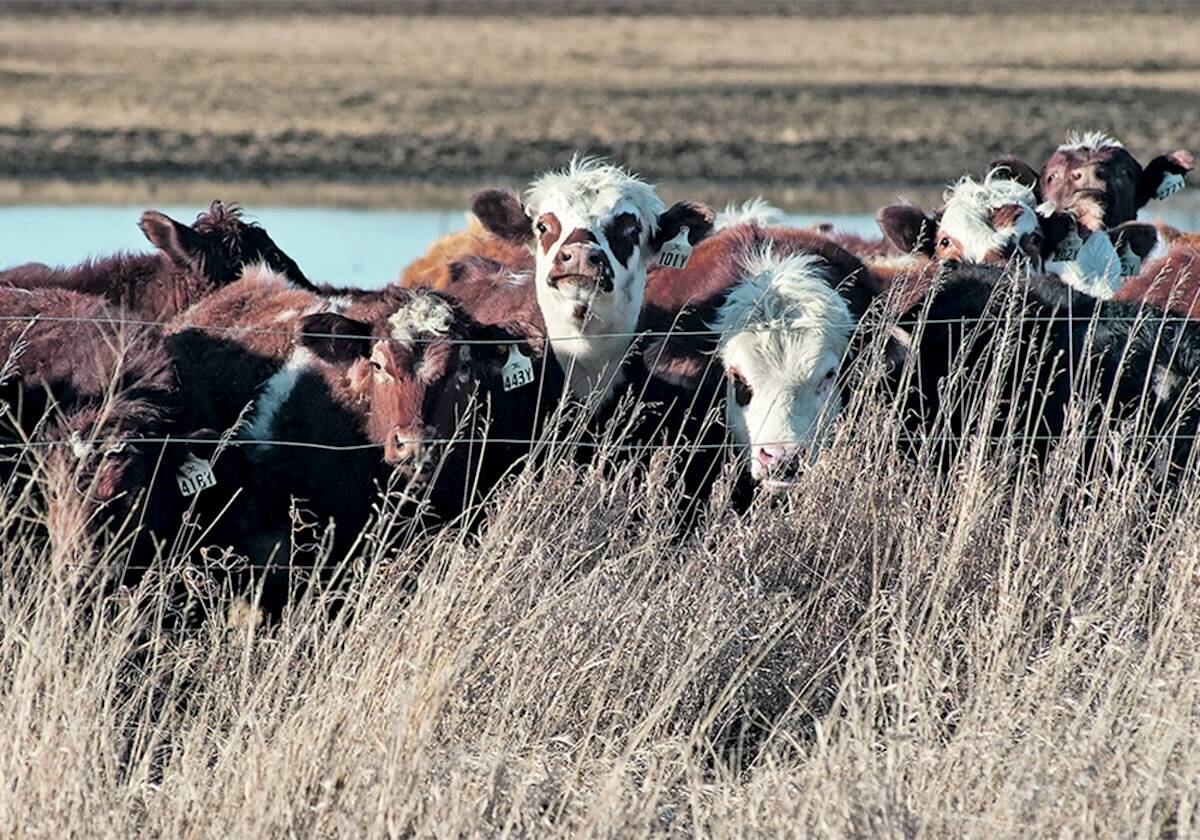
Alberta Beef Producers announces withdrawal from Canadian Cattle Association
Alberta Beef Producers announced its withdrawal from the Canadian Cattle Association, effective July 1, 2026.
But since then technological advances have opened the doors for creative collaborations between entomologists and drone developers, said Moses-Gonzales.
“The evolution of UAS technology in entomology has been fascinating to watch.”
And a variety of these applications are featured in a new special collection in the Journal of Economic Entomology. These include:
- Locating and sampling standing water for mosquito larvae and improving accuracy of insecticide applications targeting mosquito larvae and adults.
- Applying precise amounts of pheromones via drone over cranberry beds to disrupt the mating of cranberry fruitworms and blackheaded fireworms.
- Photographing tree canopies from above via drone in winter to survey for presence of cocoons of the moth Monema flavescens and prevent defoliation in the subsequent summer.
- Delivering and releasing predator and parasitoid insects via drone to target the European corn borer and the eastern spruce budworm.
- Using drones to release sterile Mexican fruit flies and codling moths to suppress wild populations of the pests, a modern improvement on the classic sterile insect technique.
Several articles in the collection also explore potential future applications for drone technology in insect pest management, including aerial spectral imagery of crops and plants to assess signs of pest damage, enhanced deployment of traps and monitoring systems to detect insects in hard-to-reach locations, and more.
Of course, continued research, development, and experimentation will refine drone technology in the pest management context, and research in related fields such as automation and artificial intelligence will be critical, as well. Moses-Gonzales, who helped compile the case studies in the journal, said he sees a bright future for this multidisciplinary field.

